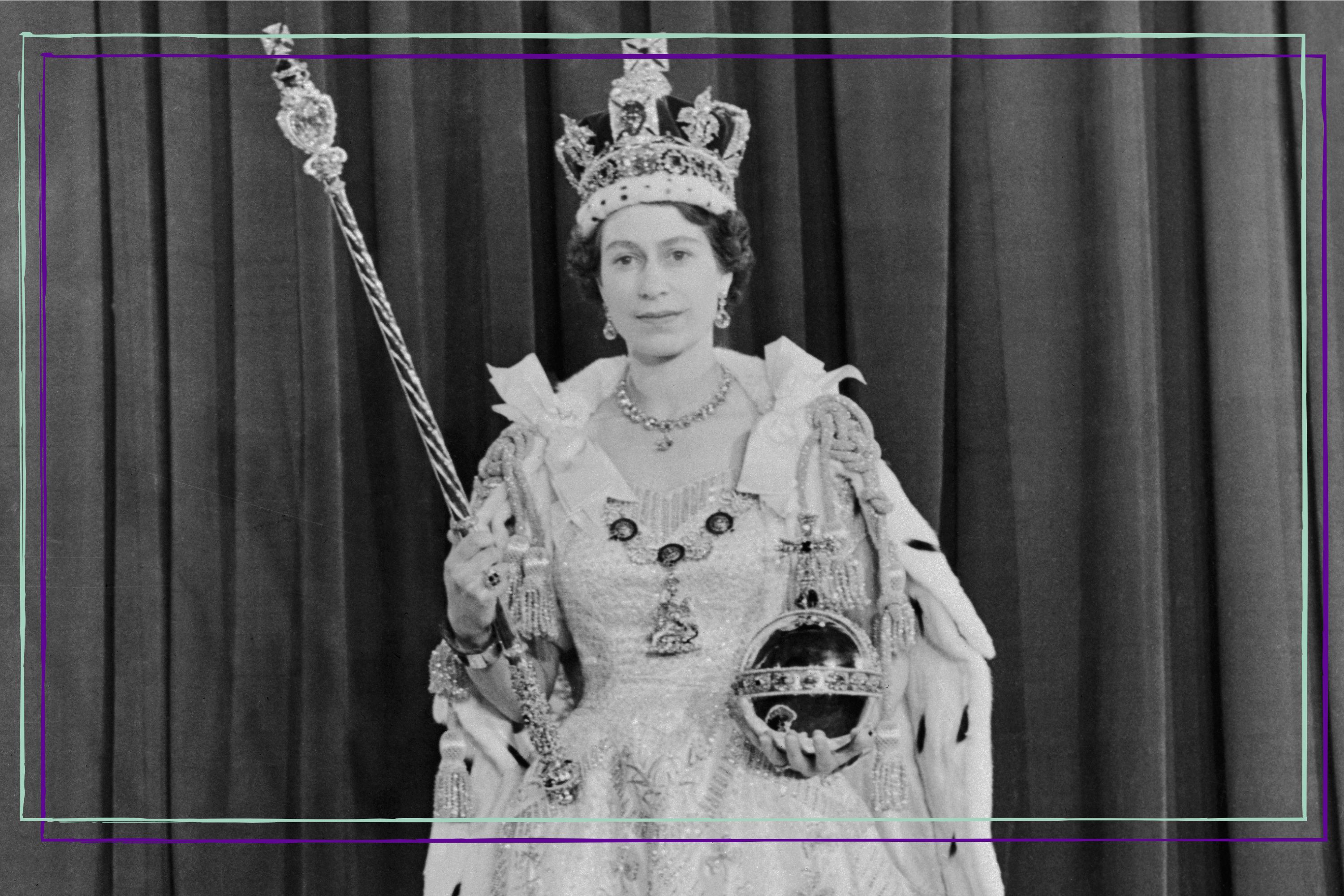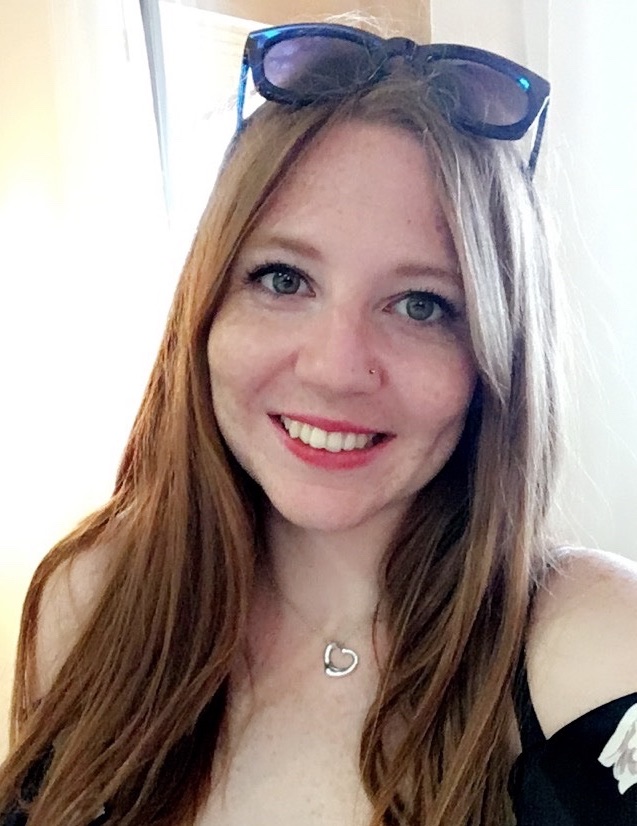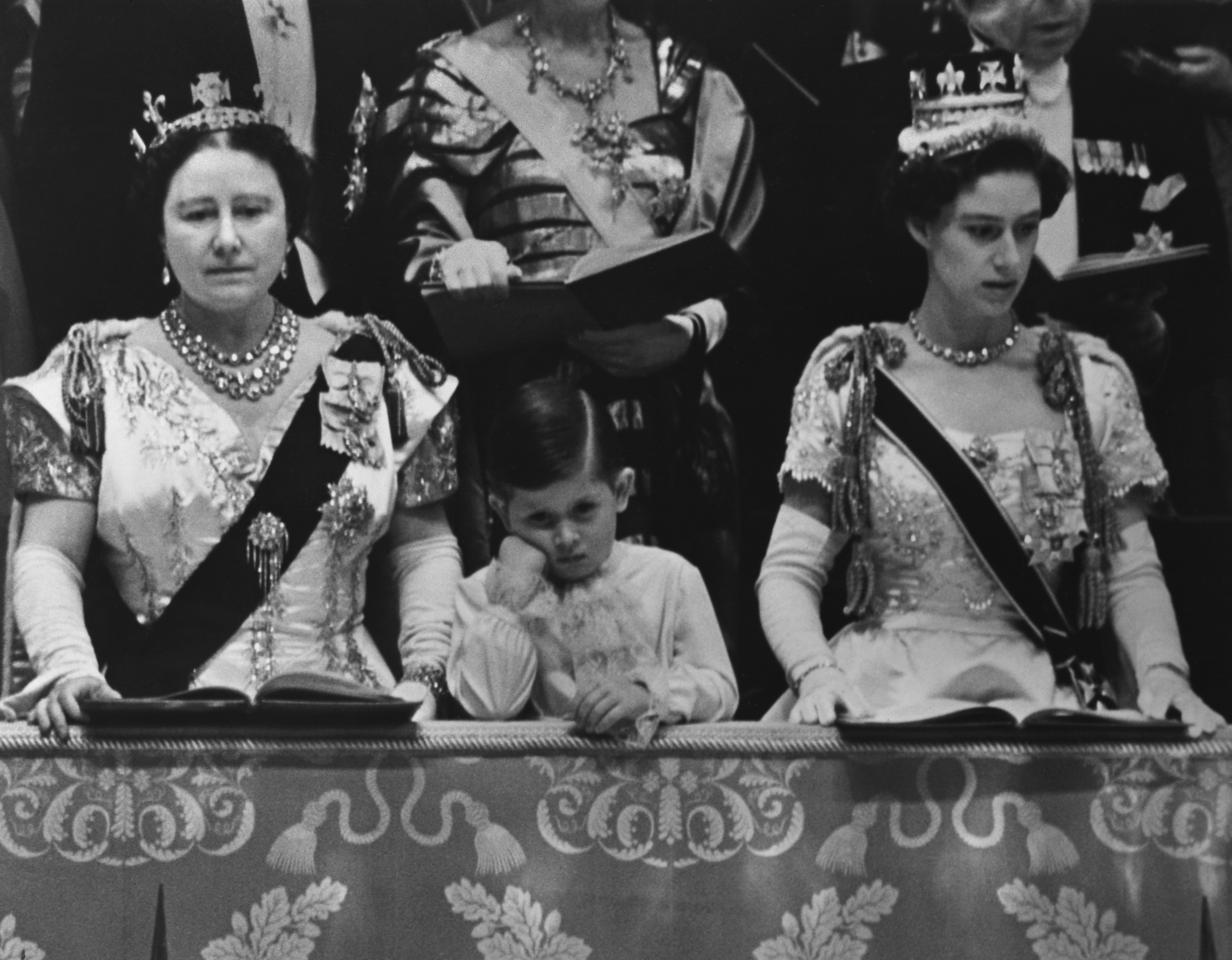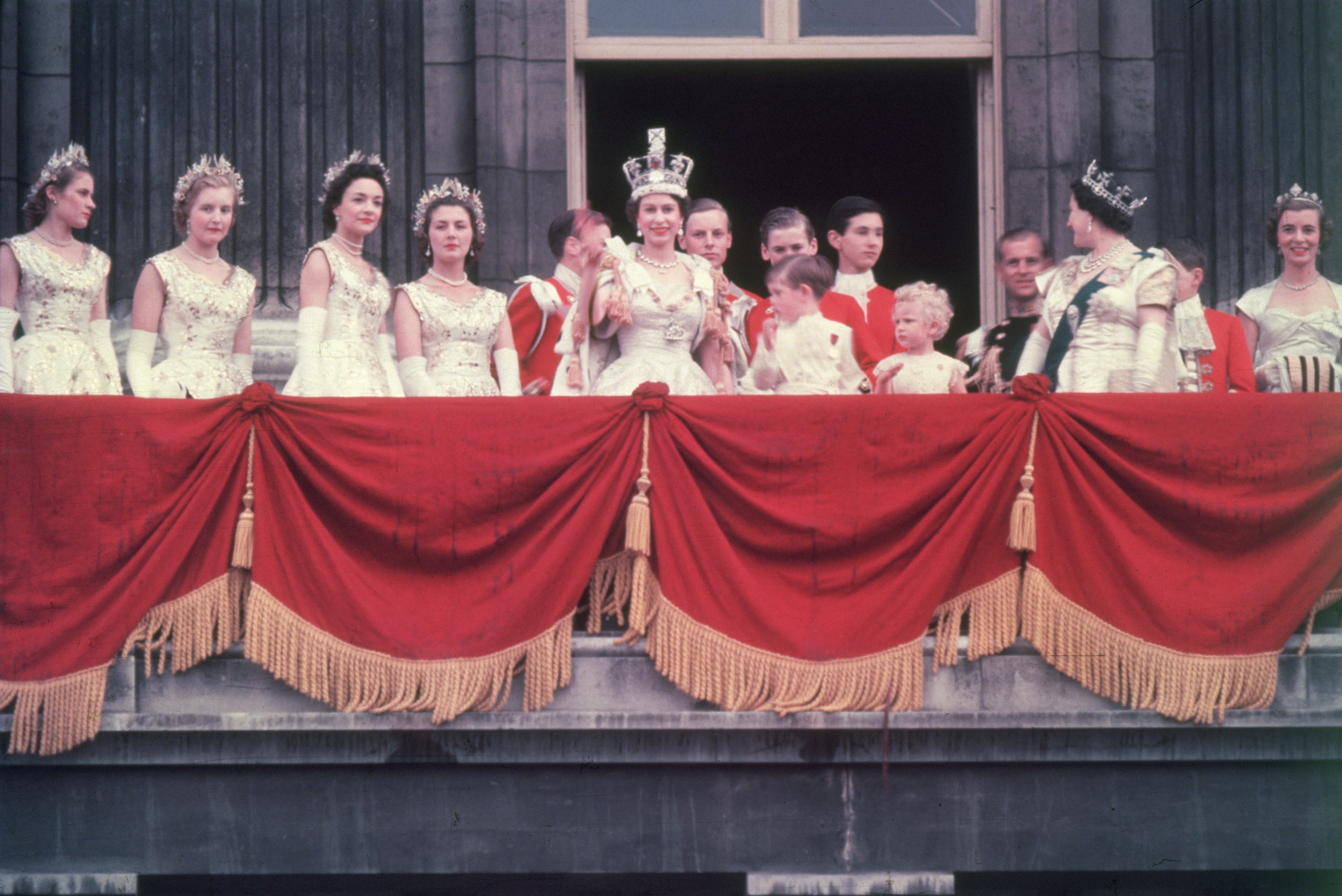When was the Queen's coronation and how old was she when she took the throne?
She was the longest reigning monarch in British history


Ahead of King Charles' special day, we take a look back at the Queen's coronation, from the ceremonial dress and guests invited, to the crowds that descended on London to celebrate.
It's nearly time for King Charles III's coronation - marking a prestigious moment in British history that doesn't exactly happen everyday. The last coronation took place over 70 years ago, so it's not exactly surprising that only a few today can remember the Queen's Coronation day and the events that took place to celebrate it.
The big day saw people up and down the country and across the Commonwealth come together to see the late Elizabeth II crowned as monarch. Just like her son's upcoming coronation, there were street parties planned, a carriage procession with hundreds lining the streets and many high profile figures in attendance at the large ceremony. Before royal fans settle down to watch the coronation of King Charles, we've taken a trip down memory lane to remember the last significant crowning in UK history. Here's what you can look forward to.
When was the Queen's coronation?
The Queen's coronation took place on June 2, 1953 in London's Westminster Abbey. The service was conducted by the Archbishop of Canterbury and began at 11:15am prompt, lasting for approximately three hours.
Queen Elizabeth II was the thirty-ninth sovereign to have their coronation at Westminster Abbey - which will also be the site of King Charles' coronation. Hers was particularly historic though - as it was the first ever coronation to be televised. As depicted in Netflix's The Crown, the idea to televise the coronation was suggested by the late Prince Philip. The Queen made her husband chair of her coronation commission. And he thought that broadcasting the ceremony would help modernize the monarchy.
Approximately 27 million people in Britain tuned into the event via the BBC, outnumbering the radio audience for the first time (11 million). Though it wasn't only UK viewers watching along, with this global event attracting millions of international viewers too. Record-breaking figures were recorded in America, Germany and various Commonwealth countries.
For the special occasion, Her Majesty wore the George IV State Diadem. The crown is made up of 1,333 diamonds and 169 pearls and boasts roses, shamrocks and thistles. Made in 1820, it's the crown that many will recognise her wearing on first and second class stamps today.
GoodtoKnow Newsletter
Parenting advice, hot topics, best buys and family finance tips delivered straight to your inbox.
It proved to be the perfect companian to Elizabeth's coronation gown made by British fashion designer Norman Hartnell. The two already held a special relationship, with Hartnell having also designed the Queen's wedding dress when she married Prince Philip.
The stunning white satin dress had a sweetheart neckline and full bodied skirt. Though the star of the design was the embroidered silver and gold threaded emblems that represented the United Kingdom and the Commonwealth. This included the Tudor Rose (England), the Fern (New Zealand), the Maple Leaf (Canada) and Leeks (Wales).
A post shared by Royal Collection Trust (@royalcollectiontrust)
A photo posted by on
According to his autiobiography Silver & Gold, it took Hartnell nine sketches to get the dress right. "I liked the last one best, but naturally did not express my opinion when I submitted these paintings to Her Majesty," he wrote.
The Queen has re-worn the gown in question a further six times - including the the Opening of Parliament in New Zealand in 1954.
Who attended Queen Elizabeth’s coronation?
Inside Westminster Abbey, an incredible 8,251 guests took their seats for the coronation. Those in attendance included then-Prime Minister Winston Churchill, other government figures, foreign royalty and international heads of state from 129 countries.
King Charles was also at the Abbey - then a prince and aged just four years-old at the time. He sat next to his grandmother The Queen Mother and his auntie Princess Margaret.
Charles received his own specially illustrated invitation adorned with British guards in uniform, a lion and a unicorn. He became the first heir apparent – meaning the first in the royal line of succession – to attend a Queen’s coronation.

Princess Anne - then aged 2 - was however deemed too young to go. Though she did appear on the balcony at Buckingham Palace after the ceremony.
The world's press also gathered to cover the prestigious ceremony. According to the Royal Family website, 2,000 journalists from 92 nations made the journey. One of whom was Jacqueline Bouvier, later known as First Lady of the USA, Jackie Kennedy.
How did Britain celebrate the Queen’s coronation?
Three million people lined the streets of London to watch the new Queen travel back to Buckingham palace after the Coronation ceremony. Crowds braved wet weather to get a glimpse of their new monarch.
The 7.2km route was designed to allow as many people as possible to gather. It passed through London's Trafalgar Square, Marble Arch and Hyde Park Corner and took two hours to complete the procession.
Across the rest of the UK, people held street parties and pageants to celebrate the coronation with many buffets including a special dish created for the occasion - Coronation chicken.
But mostly they invited their friends and families to watch the events in London on television. In the two months leading up to the coronation, British viewers bought more TVs than they ever had previously.
The coronation celebrations ended with the traditional appearance of the Royal Family on the balcony of Buckingham Palace waving to the crowd. Loud cheers from the crowds led the Queen to appear six times on the balcony. The Queen appeared still wearing the Imperial State Crown and royal robes worn during the service.
During one such appearance she was joined by Prince Philip and their children Prince Charles and Princess Anne. Jet planes from the Royal Air Force were arranged to fly across the Mall as the monarch made her balcony appearance.
A similar procession route and Coronation flypast has been organised for King Charles' coronation on May 6, 2023.

Why was the Queen's coronation delayed?
Queen Elizabeth II's coronation was delayed because royal tradition asks that an appropriate length of mourning time follows after a monarch's death, before such a celebration takes place.
The Queen waited 15 months and 25 days between taking the title of Queen and her official coronation. King Charles has faced a similar delay following his mother's death in September last year.
Queen Elizabeth spent the first three months of her reign in seclusion as she mourned her father, but in the summer of 1952 she moved from Clarence House to Buckingham Palace and began undertaking her sovereign duties. That November, she carried out her first opening of Parliament.
The delay also allowed enough time to plan and prepare for the ceremony – although the planning really began when Elizabeth was just 11 years old. Her father, King George VI, made her write down a review of his own coronation, so that she would understand each element and be better prepared for when her time came.
"I thought it all very, very wonderful and I expect the Abbey did, too," reads Elizabeth's account as reported by Vanity Fair. "The arches and beams at the top were covered with a sort of haze of wonder as Papa was crowned, at least I thought so." Whilst impressed with the venue, the future Queen noted that "At the end the service got rather boring as it was all prayers".
"Grannie and I were looking to see how many more pages to the end, and we turned one more and then I pointed to the word at the bottom of the page and it said 'Finis.' We both smiled at each other and turned back to the service."
As for her coronation - the date, 2 June, was chosen in the hopes of good weather for the event. However, in true British style, it rained all day.
After her coronation, Elizabeth officially became known as "Elizabeth the Second, by the Grace of God, of the United Kingdom of Great Britain and Northern Ireland, and of her other Realms and Territories, Queen, Head of the commonwealth, Defender of the Faith."
A post shared by The Royal Family (@theroyalfamily)
A photo posted by on
When did the Queen become Queen?
Whilst her coronation took place in 1953, Elizabeth Alexandra Mary became Queen Elizabeth II on February 6th 1952, following the passing of her father George VI.
The Queen was on holiday in Kenya when she learnt of her father's death. The King died in his sleep at Sandringham after battling ill health following a lung operation. The then-Princess officially succeeded the throne whilst away in Africa. This was another historic achievement, with Elizabeth II the first monarch in over 200 years to become sovereign while abroad.
February 2022 marked the 70th anniversary of the Queen's accession to the throne. In a speech celebrating the achievement at the time, she shared her "pleasure to renew to you the pledge I gave in 1947 that my life will always be devoted to your service". She also took the opportunity to request that Camilla be known as Queen Consort when Charles becomes king.
The Queen passed away on September 8, 2022, with Charles stepping up as King.
How old was the Queen when she took the throne?
Queen Elizabeth II was just 25-years-old when she was crowned monarch of the United Kingdom and Commonwealth. This makes her one of the youngest monarchs to ascend the throne at the time.
She celebrated her official birthday a week later on 10 June, but this date is not when she was born. Queen Elizabeth II was born on 21 April 1926.
Related features:
- How much will King Charles' coronation cost?
- Will Camilla be Queen when Charles is crowned?
- Best coronation gifts to celebrate King Charles III
- M&S coronation range
- Are shops open on coronation day?
- Coronation concert line-up
- Where will King Charles III's coronation take place?
- Are Prince Harry and Meghan going to the coronation?
- Are schools closed for the coronation of King Charles III?
Video of the Week

Emily Stedman is the former Features Editor for GoodTo covering all things TV, entertainment, royal, lifestyle, health and wellbeing. Boasting an encyclopaedic knowledge on all things TV, celebrity and royals, career highlights include working at HELLO! Magazine and as a royal researcher to Diana biographer Andrew Morton on his book Meghan: A Hollywood Princess. In her spare time, Emily can be found eating her way around London, swimming at her local Lido or curled up on the sofa binging the next best Netflix show.